Table of Contents
As a loving pet parent, seeing your dog suffer from any kind of infection can be distressing. One common skin condition that dogs can develop is a yeast infection. It occurs when there is an overgrowth of yeast on the skin. In this guide, we will discuss everything you need to know about dog skin yeast infection, including its symptoms, causes, traditional treatments, and effective home remedies.
Understanding Dog Skin Yeast Infection
What Is It?

Dog skin yeast infection is a fungal infection that affects a dog's skin. The condition is caused by a type of yeast called Malassezia, which is normally present on a dog's skin. However, when the yeast overgrows, it can cause an infection.
Causes
There are several factors that can contribute to the development of dog skin yeast infection. These include:
- Weakened immune system
- Allergies
- Hormonal imbalances
- Poor diet
- Excessive moisture
- Skin injuries
- Medications that suppress the immune system
Symptoms
The symptoms of dog skin yeast infection can vary depending on the severity of the infection. Some common symptoms include:
- Itching and scratching
- Redness and irritation
- Greasy or oily skin
- Hair loss
- Foul odor
- Crusty or scaly skin
- Blackheads or pimples
- Thickened skin
Diagnosis
If you suspect that your dog has a yeast infection, it is essential to take them to the vet for a proper diagnosis. The veterinarian will perform a physical examination and may take a skin scraping to examine under a microscope. This will help confirm if your dog has a yeast infection and determine the severity of the infection.
Types of Dog Skin Yeast Infections
There are different types of dog skin yeast infections, each of which presents with slightly different symptoms. Some common types of yeast infections include:
Ear Infections
Yeast infections can affect a dog's ears, causing inflammation, itching, and discharge. This type of infection is more common in dogs with floppy ears, as they tend to trap moisture.
Paw Infections
Yeast infections can also affect a dog's paws, causing redness, swelling, and irritation. This type of infection is often caused by excessive licking or chewing of the paws.
Skin Fold Infections
Dogs with skin folds, such as bulldogs and pugs, are more prone to developing yeast infections in their skin folds. This is because skin folds can trap moisture, providing an ideal environment for yeast to grow.
If your dog has a yeast infection, your veterinarian may prescribe medication to treat the infection. Some common medications used to treat dog skin yeast infections include:
- Antifungal medications
- Antibiotics
- Steroids
- Topical creams or ointments
Traditional Treatments for Dog Skin Yeast Infections
Potential Side Effects of Traditional Treatments
While traditional treatments can be effective in treating dog skin yeast infections, they can also have side effects. Some potential side effects of these treatments include:
- Diarrhea
- Vomiting
- Loss of appetite
- Lethargy
- Increased thirst and urination
- Liver damage
- Kidney damage
- Allergic reactions
Natural Remedies for Dog Skin Yeast Infections - Home Remedies
If you prefer to avoid traditional treatments, there are several natural remedies that you can try at home to treat your dog's yeast infection. Some effective home remedies for dog skin yeast infections include:
Coconut Oil
Coconut oil has anti-fungal properties and can help soothe irritated skin. You can apply coconut oil directly to your dog's skin or add it to their food. Have a look with HICC coconut oil glove wipe could make a great itch-relief for your puppy.
Apple Cider Vinegar
Apple cider vinegar has antibacterial and antifungal properties and can help restore the natural pH balance of your dog's skin. You can dilute apple cider vinegar with water and apply it to your dog's skin or add it to their bathwater.
Probiotics
Probiotics can help boost your dog's immune system and promote healthy gut bacteria. This can help prevent the overgrowth of yeast on your dog's skin.
Aloe Vera
Aloe vera has anti-inflammatory properties and can help soothe irritated skin. You can apply aloe vera gel directly to your dog's skin or add it to their bathwater.
HOCL Spray for Dog Skin Yeast Infections

Hypochlorous acid (HOCL) spray is a natural, non-toxic spray that can be used to treat dog skin yeast infections. HOCL is a powerful oxidizing agent that can kill bacteria, viruses, and fungi. It is safe to use on your dog's skin and can help reduce inflammation and promote healing.
To use HOCL spray, simply spray it directly onto your dog's skin, focusing on the affected areas. You can use HOCL spray several times a day as needed.
How to Clean a Dog Skin Yeast Infection
Keeping your dog's skin clean is essential when treating a yeast infection. You can clean your dog's skin using a gentle, non-irritating cleanser. Avoid using harsh soaps or shampoos, as they can further irritate your dog's skin.
To clean your dog's skin, wet a washcloth with warm water and gently wipe the affected areas. Be sure to dry your dog's skin thoroughly after cleaning to prevent moisture buildup.
Bathing a Dog with a Skin Yeast Infection
Bathing your dog can help soothe irritated skin and remove excess yeast. When bathing a dog with a skin yeast infection, it is essential to use a gentle, non-irritating shampoo, but still it can be a challenging task for too much water that might be harmful for your dog's infection skin and troublesome drying process. Fortunately, there is a solution that can make bathing your dog with a yeast skin infection a lot easier – HICC glove wipe for dogs. These gloves are specially designed to help pet owners clean their dogs effectively while also providing a gentle massage that can help soothe their skin. The gloves are made from soft, durable material that is gentle on your dog's skin and can be used wet or dry. Using a dog glove wipe to bathe your pet can also help reduce the amount of water used during the process, which is beneficial for dogs with skin infections.
If you prefer the natural remedies you could also try our coconut oil glove wipe, with fermented coconut oil techonlogy, help you take a safe bath for your dog.
Preventing Dog Skin Yeast Infections
Preventing dog skin yeast infections is possible by taking a few simple steps. These include:
- Keeping your dog clean and dry
- Feeding your dog a healthy diet
- Keeping your dog's immune system strong
- Treating any underlying health conditions
- Avoiding overuse of antibiotics or steroids
By following these steps, you can help prevent the overgrowth of yeast on your dog's skin and reduce the risk of infection.
When to See a Vet
If your dog's yeast infection does not improve with home remedies or traditional treatments, or if it worsens, it is essential to take them to the vet. Your veterinarian can perform additional tests and recommend alternative treatments to help resolve the infection.
Conclusion
Dog skin yeast infection can be a painful and uncomfortable condition for your furry friend. However, with proper treatment and prevention, you can help keep your dog's skin healthy and free from infection. Whether you choose to use traditional treatments or natural remedies, be sure to work closely with your veterinarian to ensure the best possible outcome for your dog.
Please note that the information provided in this article is for educational and informational purposes only. We are not veterinarians, and the content shared here should not be considered professional veterinary advice.
If you have any questions regarding copyrights or the use of materials in this article, please contact us for clarification.

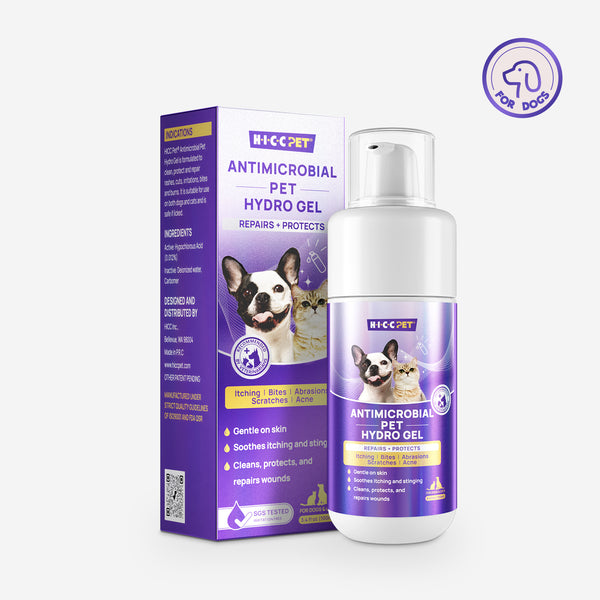
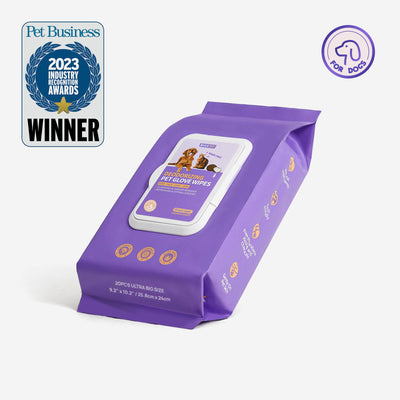
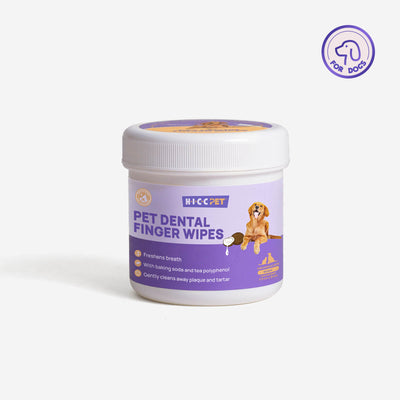

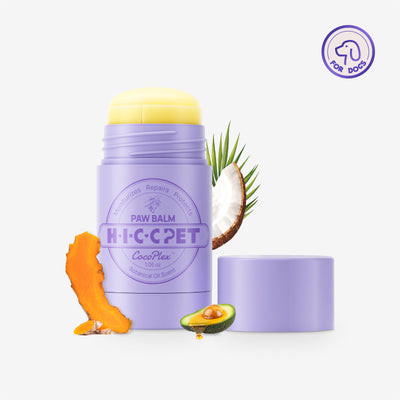
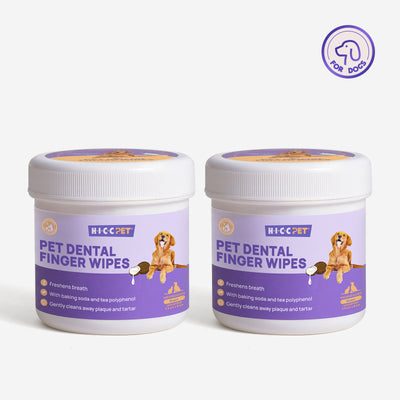
Thanks for your interaction and support.